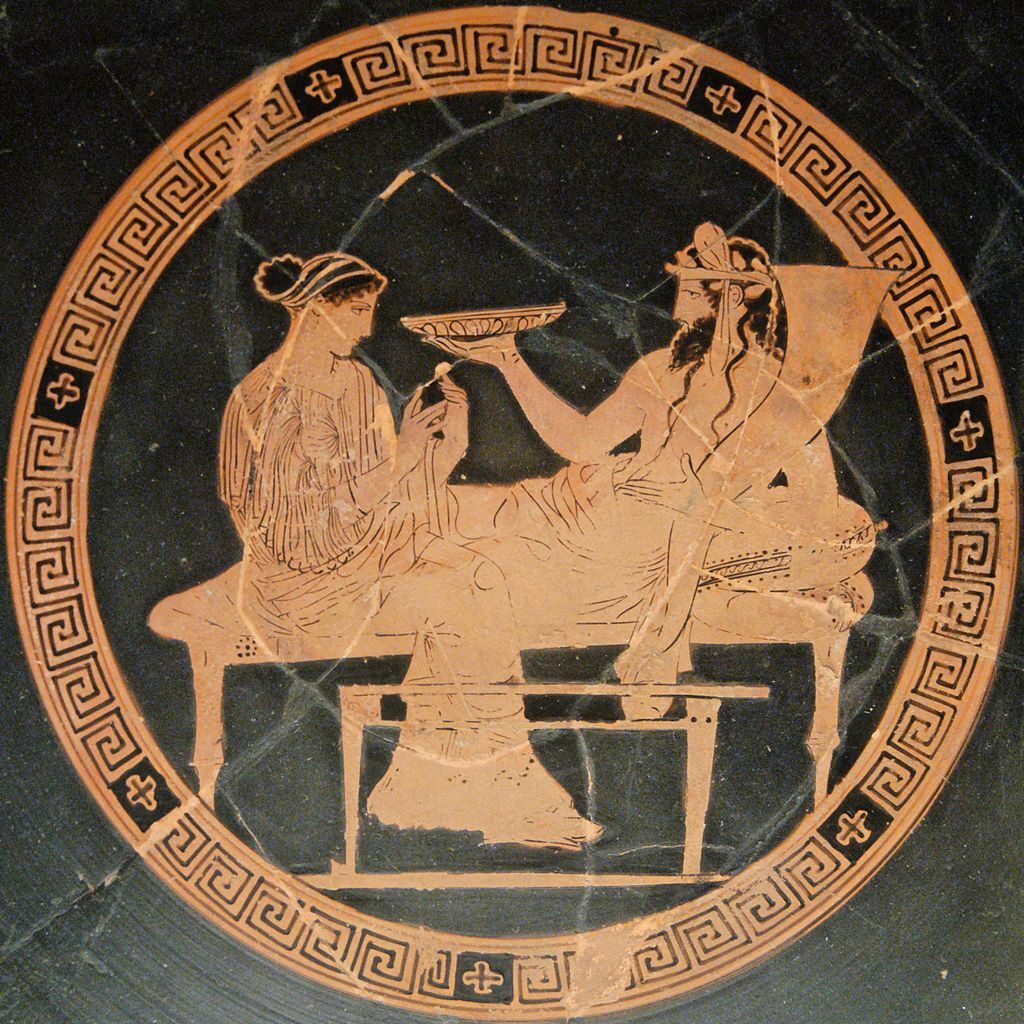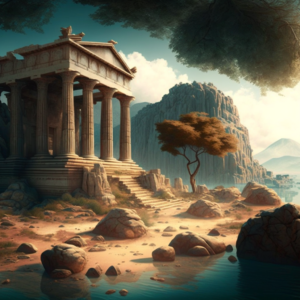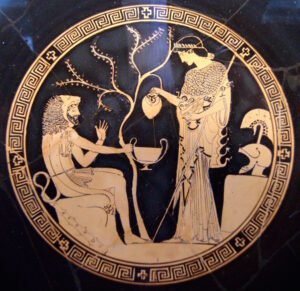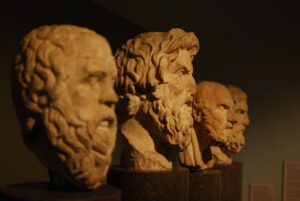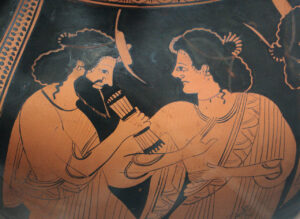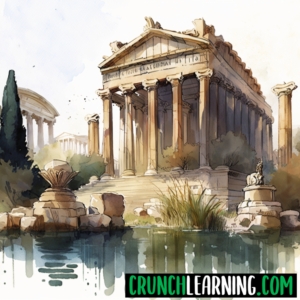Hades was an important god in ancient Greek mythology. For instance, he was considered to be the king of the underworld in ancient Greek religion and was often referred to as the ‘god of the dead’. Furthermore, he was brothers with two other significant gods from ancient Greece – Zeus and Poseidon. The three brothers were said to have divided the world among themselves after they defeated their father, Cronus of the Titans. Hades ruled over the underworld, a place where souls went after death to be judged and spend eternity. This article discusses the history and importance of Hades in ancient Greek mythology and culture.
Origin and Family of Hades in Ancient Greece
Hades was the son of Cronus and Rhea, who were Titans in ancient Greek mythology. He was said to have several siblings, all of which were significant gods and goddesses in ancient Greece. For instance, he had three sisters – Hestia, Demeter and Hera. As well, he had two brothers – Zeus and Poseidon. Together, these siblings overthrew the Titans. Following the victory, the three brothers (Zeus, Hades and Poseidon) divided the world between themselves. Zeus took command over the sky, Poseidon took command of the seas and Hades took command of the underworld. In ancient Greek mythology, the ‘underworld’ refers to the unseen realm to which the souls of the dead go.
Furthermore, Hades was married to Persephone, an important goddess in ancient Greek mythology.
Role in Greek Mythology
In ancient Greek mythology, he was known as the god of the underworld, a place where souls went after death to be judged and spend eternity. He was considered to be a balanced god, but also a just one, who ensured that the souls of the dead received their due punishment or reward. He was known to particularly protective of his realm, the underworld, and was quite fearsome if he felt that someone had disrespected him.
Also, he was also known as the god of wealth, as the precious metals and minerals that were mined from the earth were believed to belong to him. Further to this, he was also associated with agriculture and was said to bring fertility to the fields.
He was usually depicted as a dark, brooding figure with a stern expression, and was often portrayed wearing a crown of dark ivy leaves, symbolizing his association with the underworld. He was also often shown with his three-headed dog, Cerberus, who guarded the entrance to the underworld and prevented the souls of the dead from escaping.
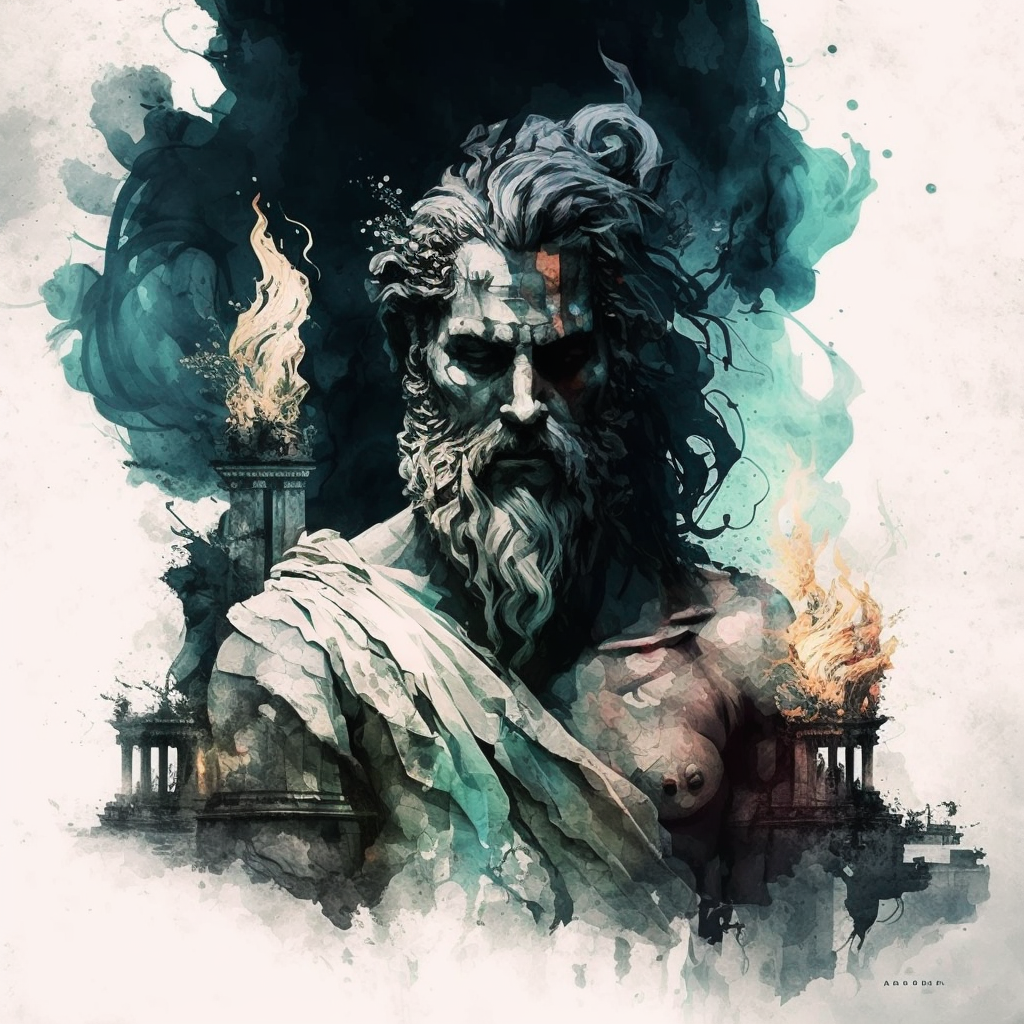

Worship of Hades
Hades was not as widely worshipped as some other gods in ancient Greece since many people feared him and his association with the underworld. However, there were still some shrines and temples dedicated to him, particularly in regions where he was considered a more kind god. For example, historians have identified regions of southern Italy that supposedly worshipped him. Regardless, Hades played an important role in the daily lives of the ancient Greek people.
Significance of Hades in Ancient Greece
Hades has been featured in many works of literature and art throughout history, including the epic poems of Homer, such as the Iliad and the Odyssey. He has also been depicted in paintings and sculptures, with many of the most famous works of art depicting scenes from Greek mythology. As such, historians consider him to be an important figure in ancient Greek mythology and culture. As well, he certainly played an important role in the daily lives of the ancient Greek people.

